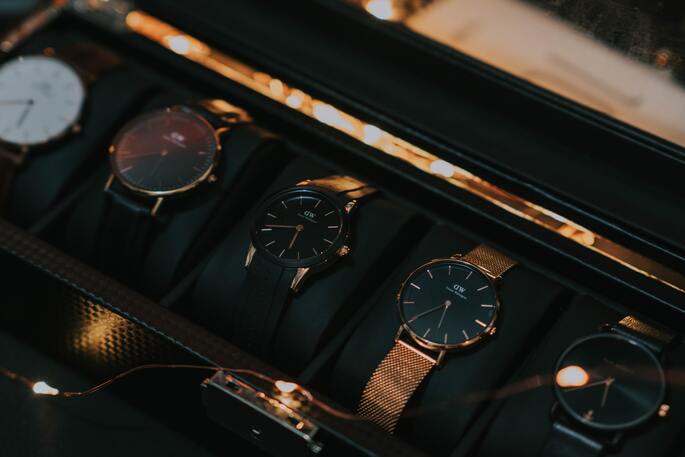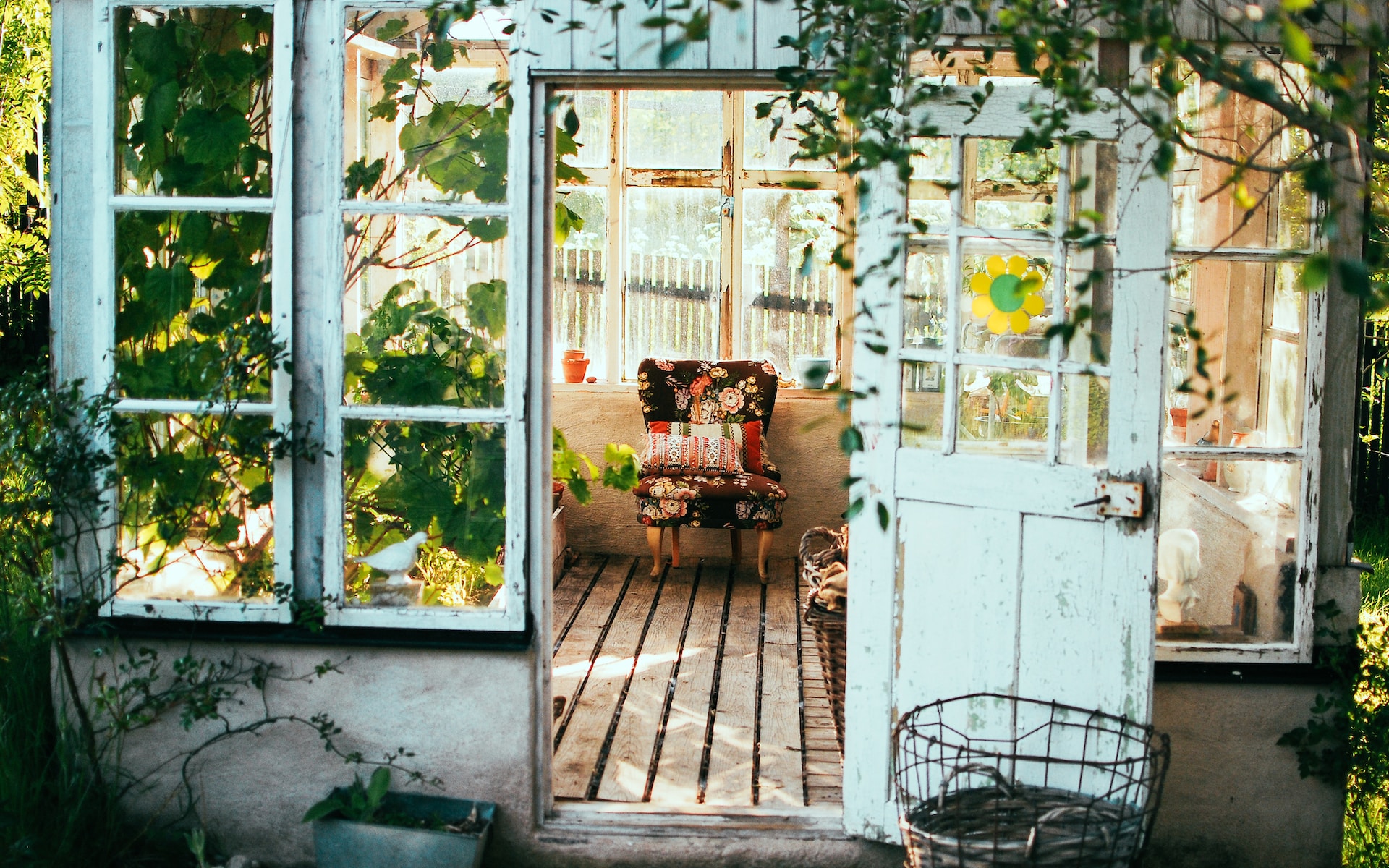People with a room full of collectibles know that it’s usually more of a hobby than an investment. Proper storage and collectibles insurance is of utmost importance for those who invest in valuables.
Collectors are generally passionate about the valuables they collect — such as comic books they read as a kid or fine old jewelry that reminds them of a simpler time.
Collecting valuables as an investment is challenging because there usually isn’t a huge payoff. However, whether you’re collecting as a hobby or investment, keeping your collectibles safe is critical.
Collectible items 101
Regarding collecting, enthusiasts often find themselves navigating the investment world. However, collectors must be mindful of potential mistakes that can impact their investments.
While the collector’s industry experienced significant revenue growth of $2.8 billion in 2022, a projected 5.3 percent increase this year suggests the need for careful consideration. Those who view their collections as investment assets should prioritize aspects such as insurance coverage and proper storage methods to protect their valuable items. By taking proactive measures and staying informed about market trends, collectors can minimize the risk of making costly investment mistakes and maximize the potential returns of their collections.
People who collect as a hobby hunt down valuables for the sheer joy of what they might find. Those who collect as an investment should insure their items and store them properly.
Protecting valuable collections
Some collectibles are more valuable than others. Examples of the most popular and valuable types of collectible items include:
- Art and antiques collections: While regular buyers might buy a piece because they like how it looks or makes them feel, art and antique collectors have a keen eye for detail and quality. Keep art safe by handling it with gloves, avoiding direct sunlight, monitoring humidity, having it framed, and dusting it. You can cover antiques with a cloth, wrap them in tissue or bubble wrap, and store them in a glass display case or plastic storage bin.
- Classic and exotic cars collection: Some people collect cars because it’s a blast from the past or because of the high speeds and styles. Collecting cars is also valuable, as classic cars can sell for a hefty sum. Usually, you can consider it a collection when there are four or more. To protect your car collection, make sure it’s well-stored, has all the correct paperwork, and is photographed and insured. You also may want to research the history of the make and model of the vehicle to maintain it properly.
- Jewelry and timepiece collections: A jewelry and timepiece collection is a group of jewelry that shares a similar theme — such as an all-silver antique jewelry collection, a gemstone ring collection, or a collection of Victorian brooches. To protect jewelry and timepieces, keep them in a dry place safe from any moisture buildup. Separate the jewelry, so the metal isn’t on top of itself, and have it professionally cleaned from time to time.
- Handbag collections: Handbags hold more value than most other fashion items, making them a good choice as a collectible. People keep them as family heirlooms or sell them for a reasonable price. Once you have about nine handbags, you have a collection. To keep handbags safe, store them in a pouch with some silica packages (avoid plastic or a sealed container, as they may get moldy). Keep them dry, as exposure to the sun can cause discoloration.
- Sneaker collection: People who acquire or trade sneakers are collectors. Usually, people choose one sport or brand — such as skate shoes or Air Jordans. Three or more pairs of sneakers are considered a collection. n what qualifies as a sneakers collection. Store the sneakers in a cool, dry place (preferably in their original box) to protect them. Collectible sneakers can also be wrapped in saran wrap and stored in plastic bags.
- Video game collectibles: This collection includes video games, consoles, and any related memorabilia. They’re considered a collectible when decades have passed since their discontinuation. A good video game collection has 50 to 100 games or five to eight different console systems. Store your video game collectibles in the boxes they came in or plastic box protectors. Keep them somewhere they won’t get moist, dusty, or exposed to too much sunlight.
- Musical collectibles: There are different kinds of musical collectibles, like instruments, records, record players, and sheet music. Other items, such as ticket stubs, t-shirts, posters, and signed paraphernalia, constitute a music collection. To keep musical instruments in working order, clean them properly by carefully disassembling the parts and wrapping them in cloth or storing them in their case where they won’t get damaged.
- Toy collection: Collectibles in this category include collectible figures, vintage toys, Lego, and Funko Pops. Any toy you keep on the shelf but don’t play with likely signifies a particular era of time or genre — such as a Star Wars action figure or Barbie doll. They belong in the sealed package they came in and shouldn’t be exposed to direct UV light or moisture. If you don’t have a safe space to collect them, store them in plastic storage containers.
- Comics and graphic novels collections: Comics and graphic novels are most valuable when they are rare, classic, or by popular artists. To preserve your comic book collectibles, limit their exposure to moisture by keeping them in bags or archival sleeves made of polypropylene or polyethylene. Avoid storing them on the floor, in the basement, or anywhere else that accumulates moisture.
- Coins and stamps collections: Any coins or stamps that are rare, foreign, or old — but they need to be in good condition to be valuable. Stamps can’t recover once they’ve become damaged or faded. Keep coins and stamps in a safe, dry place, away from sunlight.
- Pop culture, sport, and film memorabilia collectibles: This is a broad category including any original vintage records, items from concerts or music festivals, classic movie screenings, signed photos, posters, albums, or sneakers, vintage band t-shirts, lyric collections, and DVD or VHS movie collections. Protect these items like any collectible by keeping them clean, dry, and away from sunlight.
- Fine wine collections: Some wine collectors keep 100 to 200 bottles of wine in their bin, but what matters is the wine’s longevity. For a wine to be collectible, you might keep it in the cellar for at least five years. Some wine connoisseurs keep it in the family cellar for 50 years. When you buy a new bottle, add it to your inventory and store it in a temperature-controlled room out of sunlight, preferably in a wine cellar or basement.
Discovering your collection’s worth
When you’re building your collection of valuables, it’s essential to get an appraisal of your collection. This practice will influence its protection plan when you get them insured.
Be sure to keep your original receipts, and when you get a new collectible for your collection, document it with a photo and detailed description. Keep an up-to-date inventory of all your items and store them properly to ensure they maintain their highest value.
Choose an appraiser like a specialist dealer or a local expert authority. You can even check with a national auction house to find a qualified appraiser for your piece. Read reviews online to see if they have good ratings and certifications or credentials.
Once you appraise your piece, you’ll know its worth when you take it to the insurer. Agreed value is determined considering the item’s condition, quality, rarity, special features, and industry standard.
Protecting your valuables
When it comes to keeping your valuables protected, there are two things to keep in mind: physical safety and financial assurance.
Physical protection
Earlier, we shared tips for keeping specific types of valuables protected. In addition to protective packaging, avoiding moisture, etc., there are other steps you can take to ensure their security.
- Keep your collectibles in a locked room or area of the house. This can reduce the likelihood that even welcome visitors or family members may be tempted to touch your valuables.
- Use security cameras on the interior and exterior of the house. Assuming your collection is of high emotional or financial value, knowing who is coming and going from room to room and to and from your house can help you keep track of things.
- Consider a safe deposit box or private vault. If your home and valuables are left unattended for long periods of time, it may be wiser to transfer them to a safe deposit box or private vault at your bank. These containers are much less convenient than storing items at home but come with the peace of mind that they are extremely difficult to break into.
Insurance coverage
Keeping your belongings physically safe is one thing, but protecting your financial interests is the other equally-important side of the coin.
Generally speaking, you’ll want to start this discussion with your home insurance agent. Many home insurance policies offer coverage for the homeowner’s belongings. That said, this coverage can have specific limitations or caps that can leave your collections unprotected. Discuss the specifics of your valuables with your agent to get an idea of what coverage is best for you, and remember these tips:
- Increasing your existing insurance coverage may increase protection for the collection.
- Collectibles insurance works from the agreed value for each item in your collection, so appraisals may be required.
- Read and review the fine print of your policy to know what you’re signing up for and what will happen if your valuables are damaged.
- Consider essential factors like automatic coverage for new collectibles and broader coverage as your collection expands.
- Remember the importance of documenting the collection — including inventory, receipts of ownership, photos, and documentation. Keep them off-site and in digital storage.
- Notify your insurance company when you add new items.
- Some factors that may influence your premiums include:
- Deadbolt locks
- Monitored burglar and fire alarm systems
- Your home’s age and type of construction
- The area where collectibles are stored
- Talk to your insurer about how to file a claim in the event something happens to your collection.
Whether you’re building your collection as a hobby or an investment, it’s wise to care for your valuables by keeping them clean, storing them safely, and insuring them with a reputable collectibles insurer.





